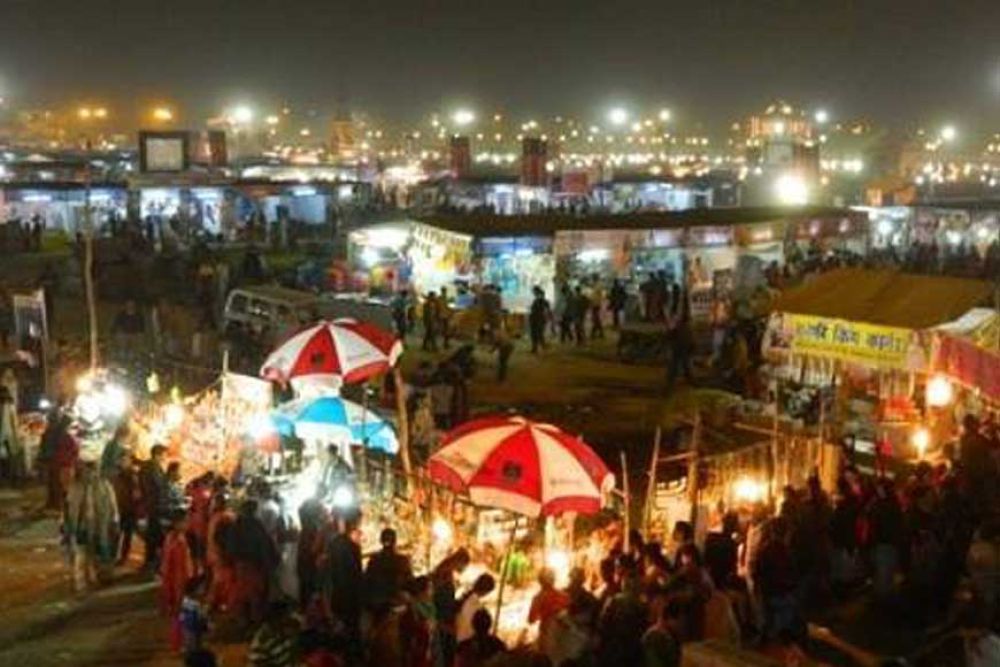

The Poush Mela is an annual festival that takes place in Shantiniketan, West Bengal, India, a place intrinsically linked with the famed Nobel laureate Rabindranath Tagore. The inception of the Poush Mela can be traced back to 1894 when Tagore's father, Maharshi Debendranath Tagore, chose to celebrate the Brahmo faith's traditional December service by inviting neighboring villages to join in. This gathering laid the foundation for what would become the Poush Mela, named after the Bengali month in which it is held.
In the years that followed, the Poush Mela began to echo the ideals of Tagore's Visva-Bharati University—a confluence of cultures that would transcend the barriers of language, religion, and ethnicity. The festival has now evolved into a melting pot of art, music, dance, and drama, reflecting the cultural vibrancy that Rabindranath Tagore envisioned for his utopian township of Shantiniketan.
With its inception more than a century ago, the Poush Mela has become a substantial tourist attraction in West Bengal. The festival lasts for about three days, typically starting on the seventh day of the Bengali month Poush, which is around the last week of December. It draws visitors not only from across India but also from around the world who are eager to experience the harmonious blend of cultural richness.
The festival has played a significant role in showcasing the local crafts, textiles, artworks, and music, thereby contributing immensely to the tourism economy of Shantiniketan and West Bengal. Traditional Baul music, dances, and tribal sports at the Mela are significant draws for the culturally curious tourist.
In recent years, there has been a growing trend of theme-based and eco-tourism around Shantiniketan, and by extension, around the Poush Mela. Efforts are being made to promote sustainable tourism so as to preserve the cultural heritage and natural beauty of the region while fostering economic growth. Rural craft and ethnographic museums have been developed to provide deeper insight into the rich cultural tapestry of the area.
Visitors are increasingly interested in immersive experiences, such as participating in local workshops, learning about Tagore's educational philosophy, and exploring the year-round artistic exhibitions and natural scenery. Homestays and cultural tours have become popular, providing tourists with a more authentic and personal experience of Shantiniketan's way of life.
Moreover, the use of digital media and online promotion has significantly increased the reach and visibility of the Poush Mela and Shantiniketan as must-visit destinations. Festivals such as the Poush Mela are being increasingly featured in travel itineraries and are celebrated as key events that showcase India's diverse cultural heritage to global audiences.
The Poush Mela, embedded in the ideals of communal harmony and cultural richness, continues to be an epitome of West Bengal's heritage tourism. The preservation and promotion of this historic festival are crucial in keeping the legacy of Rabindranath Tagore and the spirit of Shantiniketan alive for future generations of tourists and cultural enthusiasts.